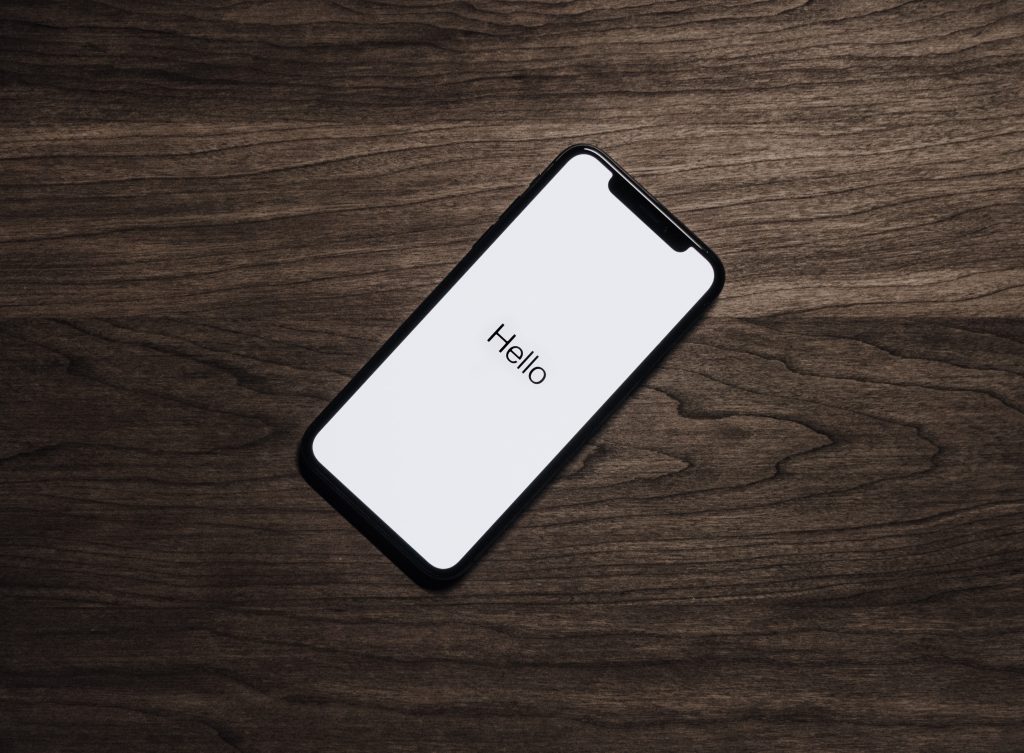Diabetes control can be challenging and often requires a multidisciplinary approach to maintain optimum blood sugar control. Lifestyle modifications and normal blood sugar monitoring, whilst proving to be useful, may also be overpowering. Recent technological improvements, if integrated properly can make diabetes care easier.

1. Wearable Devices:
involves those armed with detectors and wireless connectivity choices which may help in many different ways like gathering and relaying information to healthcare providers, track blood sugar levels, and administering drugs.
Special socks and shoes (footwear)
– Experts are working with feet treatment specialists and are focusing on producing special socks and shoes which are pre-installed with heat and pressure detectors which have the capacity to detect regions of the foot that have an insufficient blood supply. This might decrease the development of foot ulcers and reduce the probability of amputations. If any results show inadequate blood supply, don’t hesitate in contacting a podiatrist.
Skin Patches
May detect blood sugar levels in blood or sweat which could transmit data to a person’s smartphone or another wireless device. A few of the patches may also assist with the modification of insulin dose according to blood sugar variations. Some digital watches can operate along with specific Continuous Glucose monitoring (CGM) systems which can measure blood sugar levels beneath the epidermis and the information could be read via your watch.
Contact Lens
Businesses are working to make lens embedded using a little chip that could monitor blood sugar levels.
2. Smart Apps:
There’s a plethora of Smart Apps available now with many different attributes like tracking food intake, carbohydrate intake, monitoring physical action, scanning the barcode of a food item and regaining its nutrient data. In addition to offering suggestions for healthy choices, healthful recipes, and getting signed to make a neighbourhood database in which patients can discuss their tales etc..
Additionally, many blood sugar monitors can be linked to a program which may be downloaded onto a device and monitor blood sugar amounts in addition to any alterations which have to be made together with medicine. Some businesses like Glooko have developed programs that can sync information gathered from individual’s glucometers and physical fitness watches to downloadable applications that could empower physicians with real-time monitoring of individual information.
3. Tele Health:
There’s proven study that Tele Health helps inspire and enhance results by addressing obstacles that individuals can face toward managing their diabetes. Additionally, it gives enables convenience, where patients may have many questions answered via a very simple phone call/email/text message.
4. Implanted Technology:
Among those implants now being developed is your Bio-Artificial Pancreas, that has a little capsule which functions like the pancreas. The capsule is packed with stem cells which produce insulin. There are also implants which may help with automatic delivery of insulin and drugs according to blood sugar levels.
Smart Technology may be useful in lowering the everyday burdens in illness management and enable patients with resources to be responsible and motivated to take care of their problem. While affordability and consumer mistake could be some possible shortcomings; generally, if used properly can be an important asset in reducing or preventing the dangers of diabetes.
